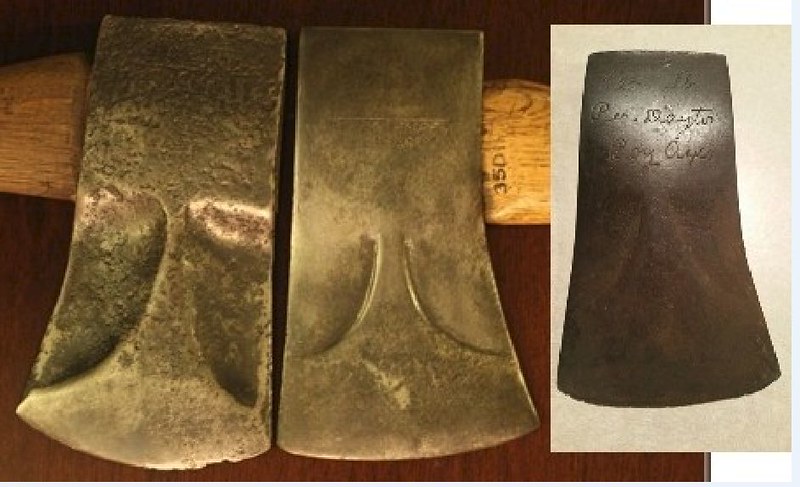- Joined
- Feb 22, 2006
- Messages
- 155
I collect vintage axes and was given an axe head yesterday by a friend. He picked it up years ago and it's just been setting on his bench. He knew I collect, so gave it to me.
This axe head is unlike anything I've seen before. It is hand inscribed, but looks to have been done by the manufacturer.
It has been suggested that this might be a Kelly Perfect pre-production or copyright prototype from the 1880s. If anyone could shed additional light on this, I would greatly appreciate it.



This axe head is unlike anything I've seen before. It is hand inscribed, but looks to have been done by the manufacturer.
It has been suggested that this might be a Kelly Perfect pre-production or copyright prototype from the 1880s. If anyone could shed additional light on this, I would greatly appreciate it.







